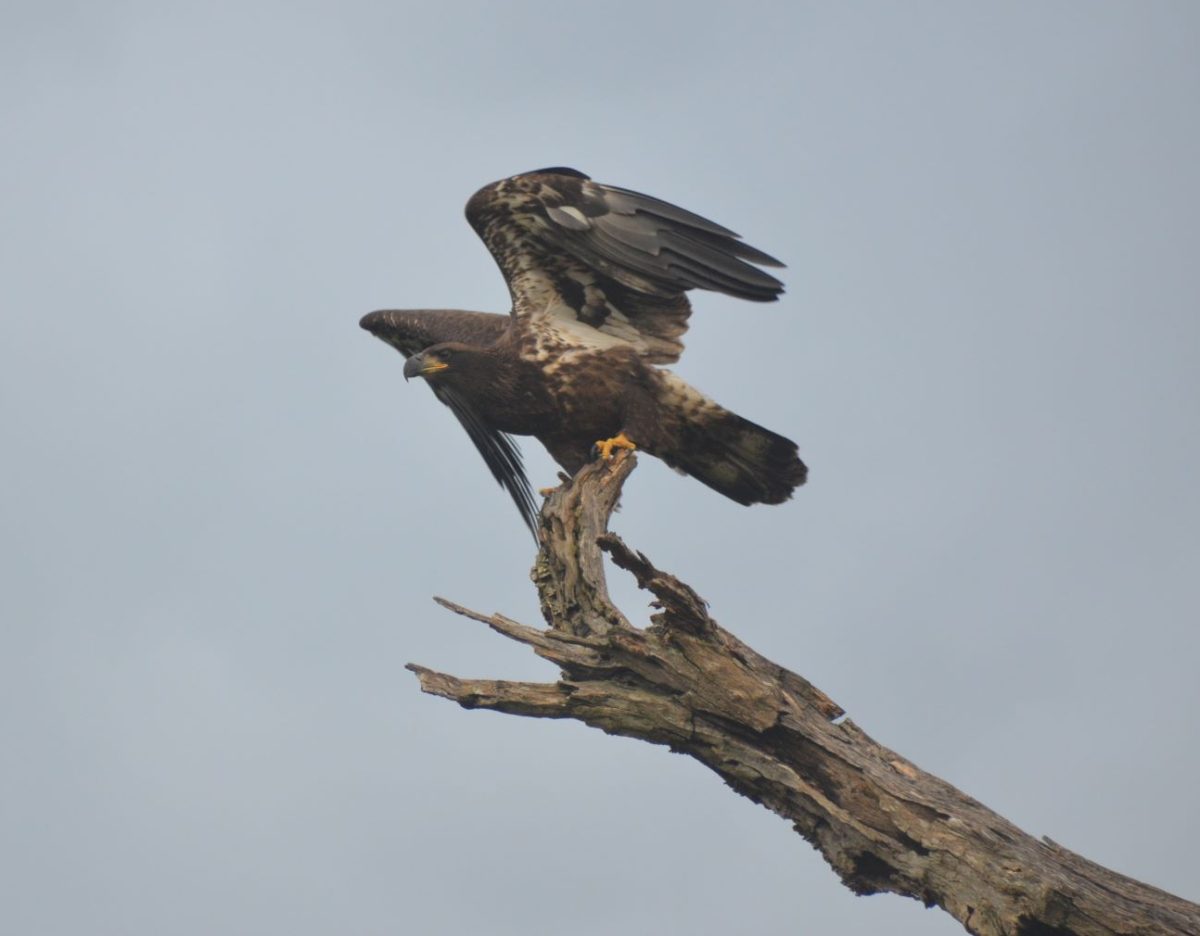There is no way around it. If you have cows you have to have bulls. Bulls are expensive to buy, expensive to feed and a pain to deal with. These are our boys. For the most part they are Balancer (Angus/Gelbvieh cross) with a couple of Sim/Angus cross. We have been using Balancer bulls for over ten years.
We start calving in mid-February so bull turnout was May 10th. The bulls spend the winter together in a 50 acre pasture. Generally they get along really well, but there is definitely a hierarchy. The younger bulls won’t even get close to the older, bigger bulls. There may be a few minor problems when they are turned out in the bull pen, like a bull ending up in the road because two others pitched him over the fence. They do literally gang up on one bull. Now you know where the term bully came from.
Before they can go out with the cows they have to go through the pre-breeding tests. Dr. DePriest showed up to check each of the 16 bulls. The bulls also received a vibrio/lepto vaccination and get dewormed. Hopefully everything goes smoothly (no one gets hurt and all fences remain standing) and they all test well.

Measuring scrotal circumference 
He doesn’t look very happy.
One bull did not pass. He was injured last breeding season and will not be able to breed cows this year. He will be headed down the road. Everybody else will go out to pasture.
Bulls are fun to watch until they tear something up. The minute they think you are trying to move them they start fighting. And there is no way to break up a fight. That is 1,800 pounds of muscle totally focused on beating up another 1,800 pound critter. They don’t hear or see anything else. They will plow into and through fences, trucks, or trees. They concentrate totally on that other bull and nothing else matters until one of them gives up.
Have you ever watched kids play king of the mountain? A bull will stand in a gate opening, bow his neck to look tough and dare the other bulls to go through. It’s hilarious unless you’re the one trying to get them through the gate!
If you put bulls side by side in pens they will try to show who is the toughest by bellowing, pawing the ground and just carrying on. I’ve noticed sometimes the one that makes the most noise is the one that stays out of the way when there isn’t a fence between them anymore. The noise they make will make you wonder what kind of wild animal is out there!
For 75 days these guys will be busy earning their keep. Then they will come home and go out to pasture to relax until next breeding season.
Bulls can be the easiest and the hardest creatures to get a long with. Hmmm, I think that goes for most male creatures!
Until next time!
Don’t forget to close the gate!











